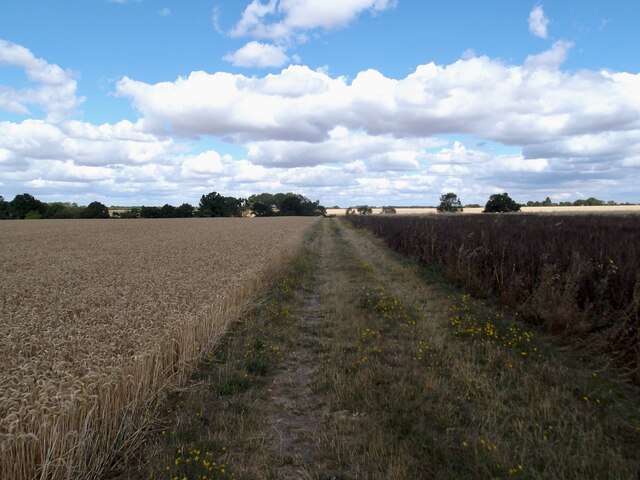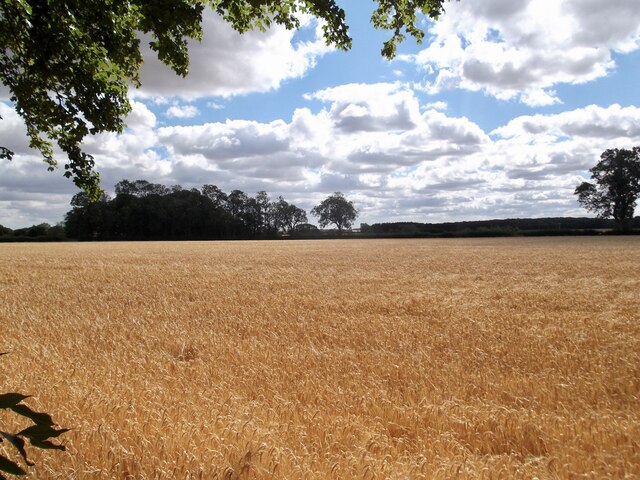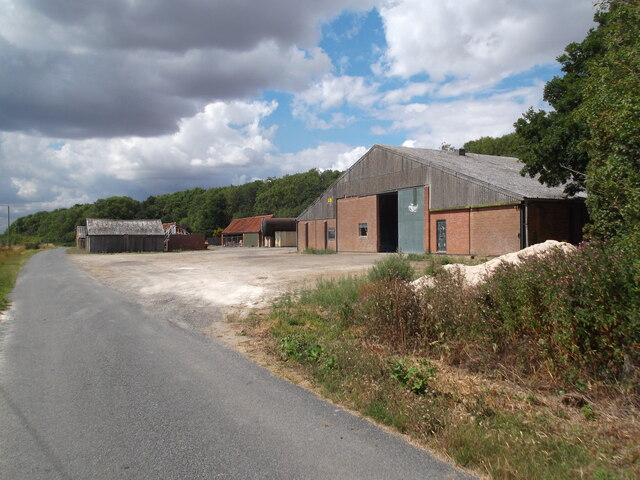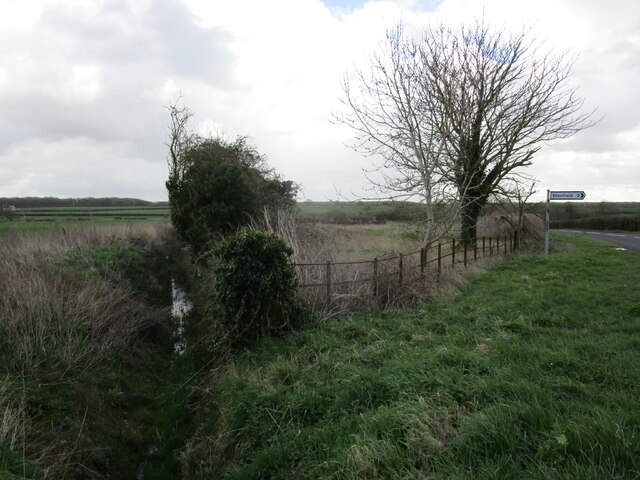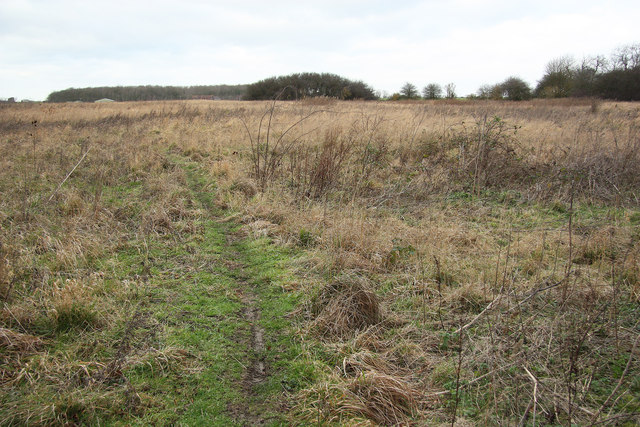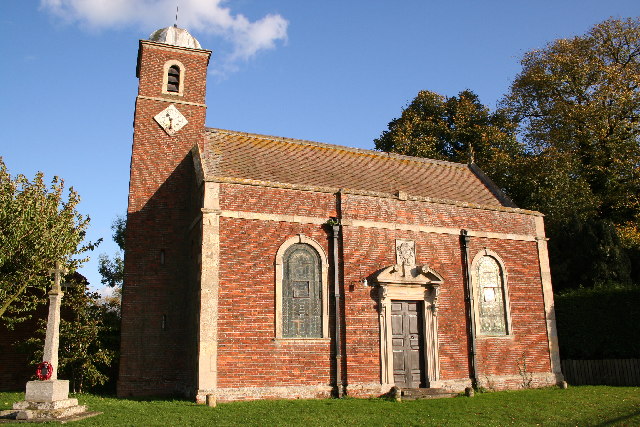Apley
Civil Parish in Lincolnshire West Lindsey
England
Apley

Apley is a civil parish located in the county of Lincolnshire, England. Situated approximately 6 miles northeast of the town of Scunthorpe, it covers an area of around 7 square miles. The parish is primarily rural, with a mix of agricultural lands, small hamlets, and scattered houses.
The landscape of Apley is characterized by gentle rolling hills and open fields, typical of the Lincolnshire Wolds. The area is known for its picturesque views and tranquil surroundings, making it an attractive destination for nature enthusiasts and walkers.
The parish has a small population, with only a handful of residents living in the scattered settlements. The main village of Apley is a tight-knit community, with a village hall serving as a hub for social gatherings and events. The village also has a primary school, providing education to local children.
Apley is well-connected to surrounding areas by road, with the A18 running through the parish, providing easy access to Scunthorpe and other nearby towns. Public transportation options are limited, with infrequent bus services connecting the village to the wider region.
The rural nature of Apley offers a peaceful and tranquil lifestyle, appealing to those seeking a slower pace of life away from urban areas. The parish's rich natural beauty and close-knit community make it a charming place to live or visit.
If you have any feedback on the listing, please let us know in the comments section below.
Apley Images
Images are sourced within 2km of 53.263376/-0.326453 or Grid Reference TF1175. Thanks to Geograph Open Source API. All images are credited.



Apley is located at Grid Ref: TF1175 (Lat: 53.263376, Lng: -0.326453)
Administrative County: Lincolnshire
District: West Lindsey
Police Authority: Lincolnshire
What 3 Words
///sourced.escalates.admires. Near Wragby, Lincolnshire
Nearby Locations
Related Wikis
Apley
Apley is a hamlet and civil parish in the West Lindsey district of Lincolnshire, England. It is situated 1 mile (1.6 km) west from the hamlet of Kingthorpe...
Kingthorpe
Kingthorpe is a hamlet in the West Lindsey district of Lincolnshire, England. The hamlet is in the civil parish of Apley, and is 10 miles (16 km) east...
Goltho
Goltho is a hamlet in the West Lindsey district of Lincolnshire, England. The population (including Bullington) was 157 at the 2011 census. It is situated...
Kingthorpe railway station
Kingthorpe railway station was a railway station that served the village of Kingthorpe, Lincolnshire, England between 1874 and 1956, on the Louth to Bardney...
Bullington Priory
Bullington Priory was a priory in Bullington, Lincolnshire, England. The priory was a house of the Gilbertine Order and dedicated to Saint Mary. It was...
St George's Church, Goltho
St George's Church is a redundant Anglican church in the deserted village of Goltho, Lincolnshire, England. It is recorded in the National Heritage List...
Stainfield Priory
Stainfield Priory was a Benedictine nunnery at Stainfield in the North of Lincolnshire, England, between Wragby and Fiskerton. The priory of St Mary at...
Stainfield
Stainfield is a village and civil parish about 10 miles (16 km) east of the city of Lincoln, in the West Lindsey district of Lincolnshire, England. The...
Related Videos
Wragby and Goltho, Lincolnshire, UK
This walk started in Wragby Market Place and headed towards the old windmill.Then the site of a medieval manor and an old ...
APLEY: West Lindsey Parish #31 of 128
Technically a village, approximately two miles Southwest of the East Lindsey village of Wragby, we begin at Kingthorpe railway ...
GOLTHO: West Lindsey Parish #32 of 128
This settlement has Anglo-Saxon roots. The origin of the name is uncertain. It perhaps stems from an Old Scandinavian first name ...
STAINFIELD: West Lindsey Parish #29 of 128
The Viking Way runs through this village. It's a long distance footpath which starts on the banks of the Humber in the North and ...
Nearby Amenities
Located within 500m of 53.263376,-0.326453Have you been to Apley?
Leave your review of Apley below (or comments, questions and feedback).

